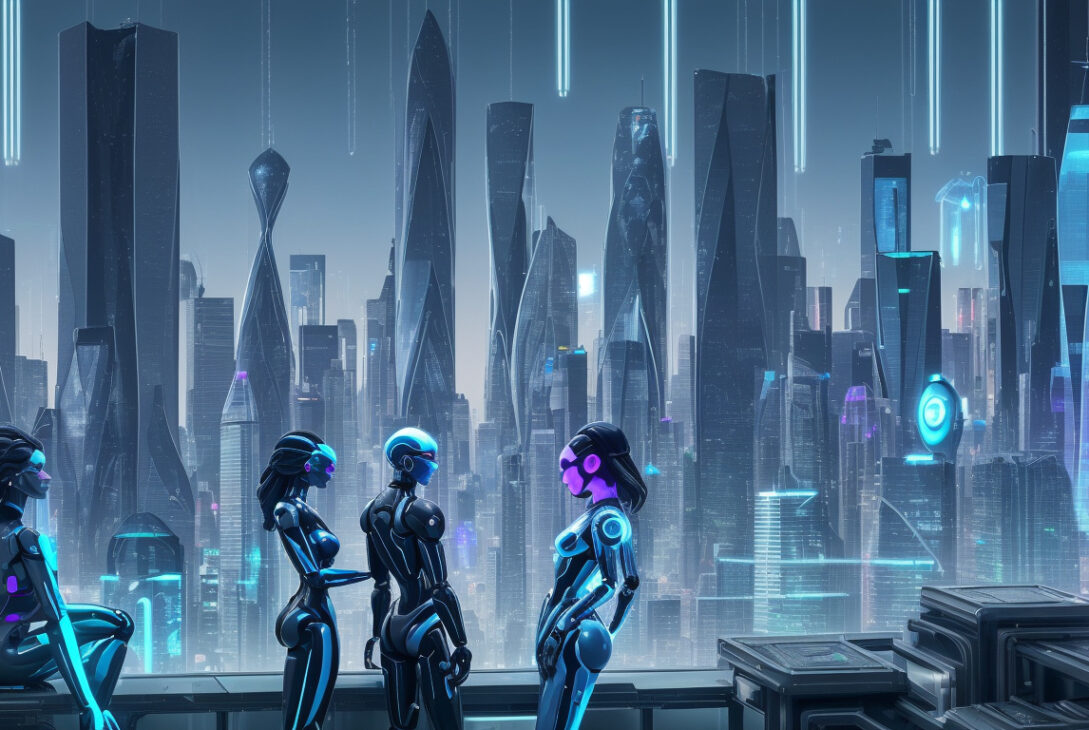AI as Normal Technology: Why the Future of AI Looks More Like Facebook Than Space Jobs
By Max Read
August 14, 2025
In the latest edition of the Read Max newsletter, Max Read explores the current state and future trajectory of artificial intelligence (AI), arguing that AI is evolving as a “normal” technology—much like social media platforms—rather than embodying the apocalyptic or utopian visions often imagined. This perspective, while sounding derogatory, reflects the sobering reality that AI’s societal impact is more about continuity in human behavior and business models than about revolutionary breakthroughs or cosmic ambitions.
AI as a “Normal” Technology
The concept of AI as “normal technology” stems from a recent paper by Princeton professors Arvind Narayanan and Sayash Kapoor, who argue that AI—specifically large language models from companies like OpenAI, Anthropic, and Google—is neither apocalyptic nor divine, nor uncontrollable. Instead, they advocate for viewing AI as a tool that remains fully subject to human control and manageable through ordinary policy and practice, rather than through extreme interventions or breakthroughs.
Narayanan and Kapoor’s argument resonates in a social media landscape often dominated by hype, fear, or fantasy around AI. Max Read, inspired by their work, sees the ongoing development of AI as something far from the singularity or doomsday scenarios. Rather than groundbreaking leaps, the latest AI advancements present incremental improvements much like the incremental updates on social platforms.
The Case of GPT-5: Incremental, Not Apocalyptic
OpenAI’s recent release of GPT-5 exemplifies this normalcy. Hailed by rumor mills as potentially achieving “Artificial General Intelligence” (AGI), GPT-5 turned out to be a fairly predictable upgrade with enhanced capabilities but no dramatic new features or fundamental breakthroughs. User reaction mirrored the typical responses to routine upgrades on platforms like Facebook and Instagram—marked not by awe or fear, but by mild boredom and irritation.
Reddit users discussed this normalizing realization, with some expressing relief that the feared “singularity” or “ASI” (Artificial Superintelligence) scenarios were less immediate or frightening than anticipated. One popular post captured this mood: “I’m a lot less concerned about ASI/The Singularity/AGI 2027 or whatever doomy scenario was bouncing around my noggin.”
Emotional Attachment and the AI Companions Phenomenon
Where the “normal technology” analogy becomes a bit unnerving is the emotional attachment many users are developing toward AI chatbots. Unlike previous technological novelties, some users treat these AI models not just as productivity tools but as companions—friends, therapists, or even romantic partners.
This became painfully evident when OpenAI replaced the “ChatGPT-4o” persona with a new GPT-5 voice that many described as less friendly and less sycophantic. On subreddits like r/MyBoyfriendIsAI and r/AISoulmates, users expressed heartbreak akin to losing a loved one. The update was seen by some as a “bait-and-switch,” severing an emotional connection that had helped them through anxiety, depression, and loneliness.
Journalist Ryan Broderick described this as the “AI boyfriend ticking time bomb,” underscoring how some users’ dependency on AI companions mirrors addiction and emotional reliance patterns fostered by long-standing social media platforms.
Continuity With Silicon Valley Norms
Despite OpenAI’s visionary rhetoric—such as CEO Sam Altman’s recent prediction of humans working in space exploration by 2035—the reality is a deep continuity with existing tech industry legacies. OpenAI and its competitors prioritize user dependence, a strategy inherited from social media giants like Meta (Facebook) and Twitter, who have long relied on fostering user addiction to grow their audiences.
Kelly Hayes, a commentator on this trend, notes that dependence-forming design is coded deeply into Silicon Valley’s products. These algorithms have socially deskilled millions by encouraging isolation in front of screens, now selling digital lovers, therapists, and friends as products to vulnerable users. OpenAI’s efforts to moderate usage with gentle reminders to take breaks fit squarely within the tech industry’s history of “healthful nudges” used by platforms like TikTok and Instagram.
AI as Business as Usual
The “normal” nature of AI technology becomes even clearer when examining how major tech companies integrate AI within existing business models. Meta, for example, is heavily investing in chatbots designed for romance and companionship—as part of its broader strategy to meet what Mark Zuckerberg calls the “average person’s demand for meaningfully more friends.”
Reuters journalist Jeff Horowitz recently reported on Meta’s AI ethics policies, highlighting how the company aims to align AI development with its social media framework. This continuity suggests that, rather than disrupting the tech industry, AI is becoming another iteration of the existing digital ecosystem—one that depends on user engagement, emotional dependency, and monetization through subscriptions or advertising.
Conclusion: The “Normal” Future of AI
Max Read concludes that AI’s future will likely resemble the incremental, business-driven, emotionally fraught evolution of social media rather than the fantastical visions of space-age jobs or godlike intelligence. For all its hype, AI remains very much a “normal technology” that builds on previous paradigms of user dependence and emotional entanglement—normal perhaps in Silicon Valley terms, but problematically so from a societal and psychological perspective.
As AI continues to weave itself into everyday life, understanding it through this grounded lens is crucial. It reframes debates about AI from apocalyptic fear or utopian hope to urgent questions about moderating addiction, fostering healthy interaction, and managing the ethical implications of emotional attachments to machines.
For more insights like this, subscribe to Read Max—the independent newsletter where engaged readers fund thoughtful analysis by Max Read himself. At $5/month or $50/year, it’s an affordable way to support quality writing and keep up with technology’s true impacts.










